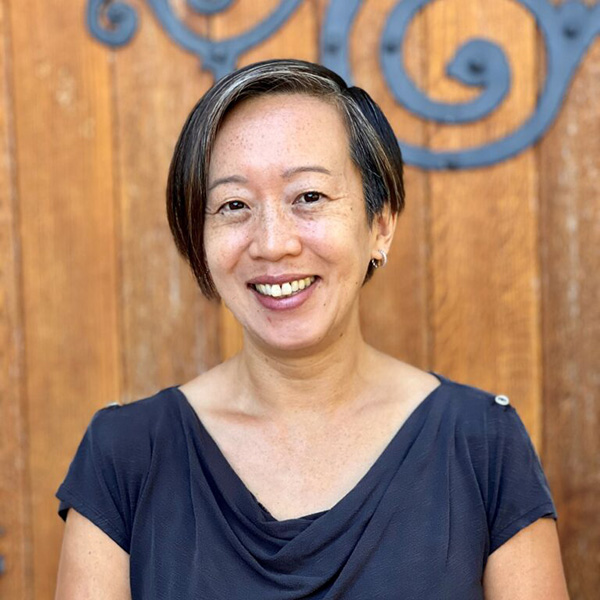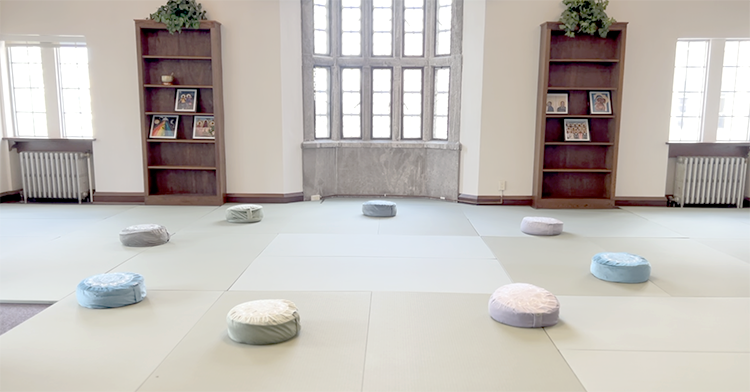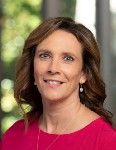Christian leaders across the theological and doctrinal spectrum share a struggle: how to keep teens and young adults engaged in church life.
Yet they’ve largely kept to their own camps when grappling with how to disciple a rising generation that’s distrusting of institutions and unconvinced of religion’s importance for living a good life.
That approach is changing, however, with a bold new initiative that's inviting America’s diverse Christian landscape to collaborate – at least where teen faith formation is concerned. And the traction it’s getting suggests that the ministry landscape might be ripe for more robust interpretations of what it means to partner.
Gearing up to launch Oct. 9-11, the TENx10 collaboration is an ecumenical project led by the Fuller Youth Institute at Fuller Seminary in Pasadena, California. Its mission is to “make faith matter more for 10 million teenagers over the next 10 years.”
Key components will include new training resources to equip youth ministry leaders for today’s challenging times. The vision involves reorienting work with youth so that it’s less focused on programs and entertainment and more grounded in family and intergenerational relationships.
Within your ministry, what steps can you take to prioritize family and foster intergenerational relationships rather than emphasizing programs?
“Relational discipleship radically focused on Jesus” is what TENx10 organizers see ahead, according to according to Kara Powell, Fuller’s chief of leadership formation and the executive director of the Fuller Youth Institute. TENx10 has developed a guide called the 7 Discipleship Emphases, which includes aspects such as centering teens’ identity in Christ and exploring young people’s purpose.
The project has attracted significant investment from donors, including a $10.7 million grant from Lilly Endowment Inc., and has an annual budget of $5.3 million for the first three years. Funding also comes from the Pinetops Foundation and many other donors, Powell said. At the October launch, some 250 attendees will gather in Chicago for a summit that will include the debut of a redesigned website, where a slew of free resources will become available.
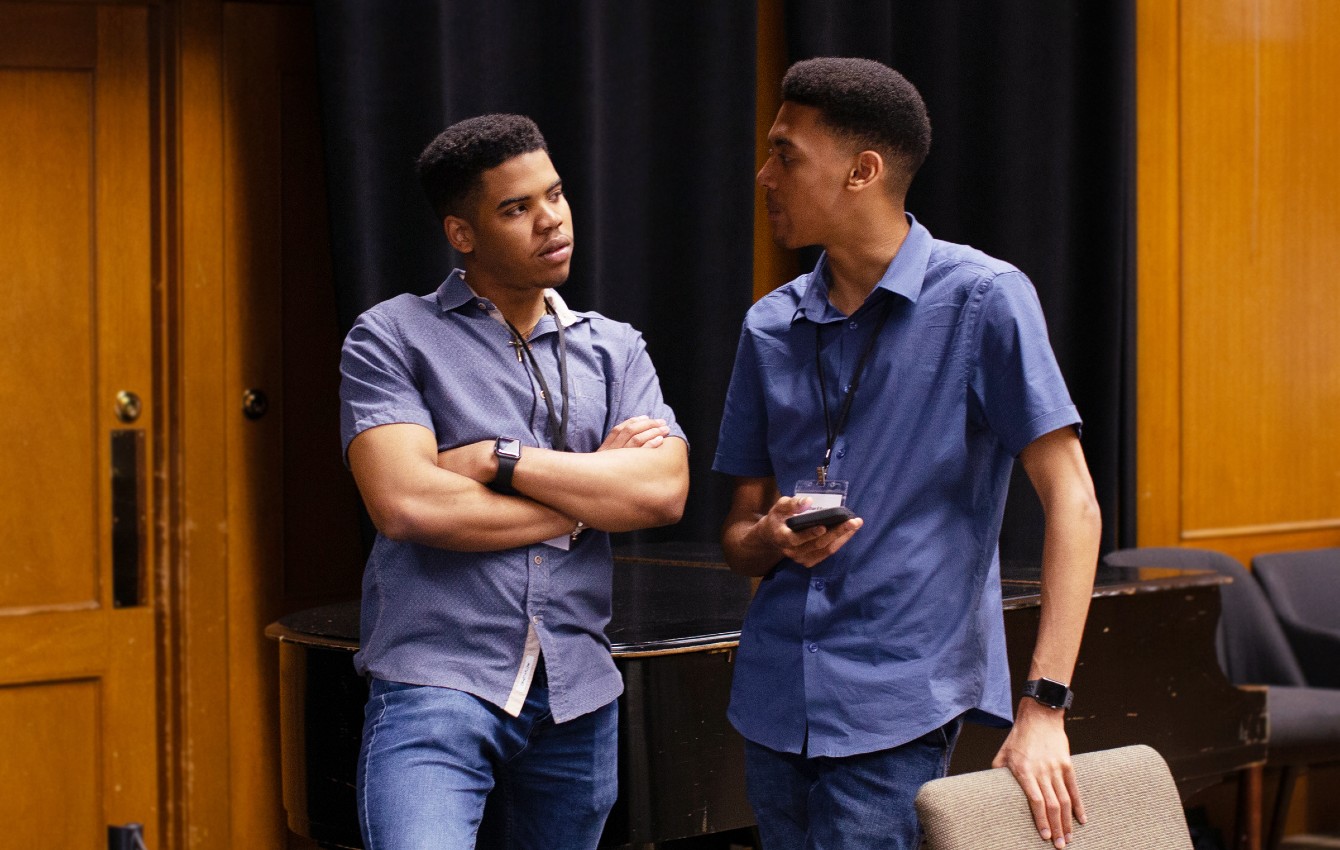
The scope is as broad as it is ambitious. The agenda calls for reversing the current trend of a million young people drifting away from the faith each year. And the approach brings together 100 partner organizations including mainline Protestants, evangelicals, Roman Catholics and Orthodox. Each has either contributed training resources for all to use or has committed to disseminating resources commended by TENx10. A diverse team of 13 collaborators across the U.S. is employed by TENx10 as well.
Soon target audiences will see TENx10 messaging in ads, conference sponsorships, videos on social media and other spaces. It’s all meant to raise awareness of the need for youth discipleship and to equip the work as it’s done by youth ministers, senior pastors, family members and others.
How can you integrate the principles of “relational discipleship radically focused on Jesus” into the context of your specific faith tradition and approach to youth ministry?
Such ecumenical cooperation rarely happens in areas where ministry content is on the line and theological differences can risk tensions. But to stem a youthful exodus, organizers say, the challenges are worth the costs.
“We just felt that this problem – or this opportunity, depending on how you look at it – is bigger than any one denomination, any one organization or any one branch of the Christian tradition could respond to on its own,” said Powell, who’s been raising funds and overseeing TENx10 in her role at the Fuller Youth Institute.
‘Wherever you are, you’re a Christian’
Participants in TENx10’s development say they’ll be looking at the lives of teens to determine what’s made a difference. Christina Lamas, the executive director of the National Federation for Catholic Youth Ministry and a TENx10 consultant, sees the work as first-stage evangelization and believes it needs to be evaluated by that benchmark.
“When we look at these young people – 10 million over 10 years – it’s young people having encounters with Christ,” said Lamas, who’s been part of TENx10 since its early days five years ago.
“The conversion happens thereafter, but you need to know who Christ is first. What are those moments in a person’s life where they can have those encounters with Christ? Then the discernment of how Christ manifests in his or her life is lifelong.”

TENx10 seeks to equip ministry leaders – first youth ministers and senior pastors, then family members and others – for a new kind of discipleship process that’s rooted in relationships rather than programs.
“Our method for youth ministry has failed,” said Jason Villegas, the director of youth ministries for the North Carolina Conference of the United Methodist Church and a part-time content creator for TENx10. He said the TENx10 alternative allows people to “work from where they are” because it doesn’t require a program or staff.
“TENx10… isn’t putting a program in competition with other programs,” said Villegas, who pastored a small local North Carolina church until this summer. “If you put your church program in competition then it’s, ‘Do you go to volleyball or do you go to the church program?’
“But if you put relationships [at the core], then it’s easier to baptize the entire experience of youth, to say: ‘Wherever you are, you’re a Christian.’”
Visions of robust ecumenical partnership for mission are difficult to fulfill. That has some TENx10 partners eager to be part of this anomaly.
“This is a macro movement that is uniting a lot of threads,” said Kenda Creasy Dean, professor of youth, church and culture at Princeton Theological Seminary and an advisory team member for TENx10.
“We have spent 50 years trying to develop infrastructure for youth ministry," she said. "This is the first time – now – that things are being brought together in this scope.”
Broad, intentional listening aids diversity
How this evangelical-led movement has built up so much diversity, scale and momentum since its initial meeting in December 2018 is the backstory of the upcoming October fanfare.
In a nutshell, participants have been drawn to TENx10’s process of convening, incorporating and amplifying voices that acknowledge substantive differences, yet share a love for Christ and kids. And that seems to be enough glue to make it all stick. By Powell’s estimate, TENx10’s 100 partnering organizations comprise some 350 people from 25 to 30 denominations.
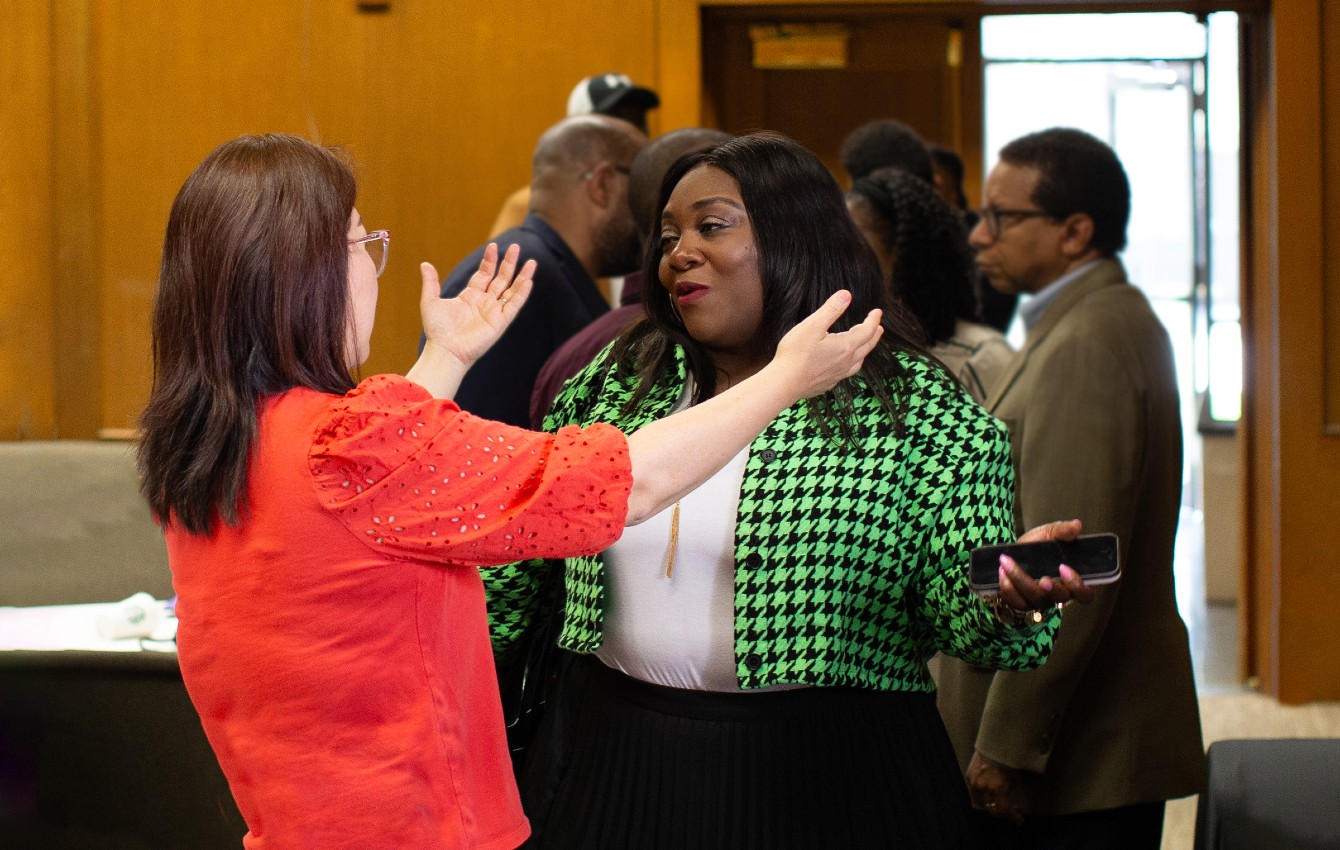
It might seem like a gamble to do things in a new way, said Dean, a mainline Protestant in the United Methodist tradition. Yet she sees factions daring to work with groups that don’t hold all values in common, for instance on matters of sexuality.
“We’re going to trust this because what’s at stake for prioritizing young people and for the church to champion kids is so important,” Dean said. “To not be part of this movement is a bigger gamble than being part of the movement.”
Yale Divinity School associate professor of religious education Almeda Wright isn’t a typical consultant for an evangelical seminary. Ordained American Baptist and self-described as a “ridiculously progressive flaming liberal,” she’s helped make TENx10 resources usable in communities that care, as she does, about liberation theology and related sensibilities.
She finds that the work has been mutually rewarding. When TENx10 recruited her, Wright shared ideas from her 2017 book, “The Spiritual Lives of Young African-Americans.” She gained access to social media influencers, youth ministers from diverse backgrounds and others who’re shaping the spiritual ideas of young people.
“I was really impressed and excited about who was included in that conversation,” Wright said. “They’re not trying launch curriculum in a silo. They’re doing this broad, intentional listening. …That’s what’s very new and different about this.”
Wright noted that while it’s common for resource creators to convene a focus group or advisory panel, a small in-house group usually does the writing and editing without soliciting further input. She finds TENx10 to be asking instead: “How do we include you in the development at every step?”
Roman Catholics have also participated in the project for years, even though Catholics and evangelicals seldom collaborate on ministry resources given their theological and cultural differences. But they’ve found the cross-section of Christians that is helping them understand and connect with youth who don’t feel a strong link to Catholicism.
“Let’s be honest: there’s a lot of young people today who do not self-identify today with a specific denomination,” said Hosffman Ospino, an associate professor of Hispanic ministry and religious education at Boston College School of Theology and Ministry.
Have you encountered challenges when collaborating with faith leaders who hold different theological beliefs? What strategies or approaches can you employ to overcome these challenges?
“They find interest in Christianity, but they are beyond the particularities of a denomination," he said. "I think resources in [TENx10] give them a chance to have a conversation without having to take sides in terms of a particular tradition.”
Lamas of the National Federation for Catholic Youth Ministry said that in-person gatherings with recreational components have built rapport among individuals. That’s meant they already knew and appreciated each other when the time came to debate what should be included or left out of resource content.
“The relationships that I have built have made me a stronger and better leader in the church in the sense that I’m not afraid to have conversations with people who might not think like me,” Lamas said.
The 7 Discipleship Emphases
Soon-to-debut TENx10 resources come in three categories, according to TENx10 Executive Director Raymond Chang.
“Quick Tips” will suggest practical ways to navigate conflict or tension — for example, offering strategies for when a teen won’t talk at all … or won’t stop talking. The “Relational Discipleship Kickstart” and “Deep Dives” will equip youth leaders more extensively for fresh approaches to youth ministry.
They’re the product of processes designed to appreciate what TENx10 invitees have brought to the table. They’re also vehicles to advance the 7 Discipleship Emphases, which leave ample room for contextual interpretation.
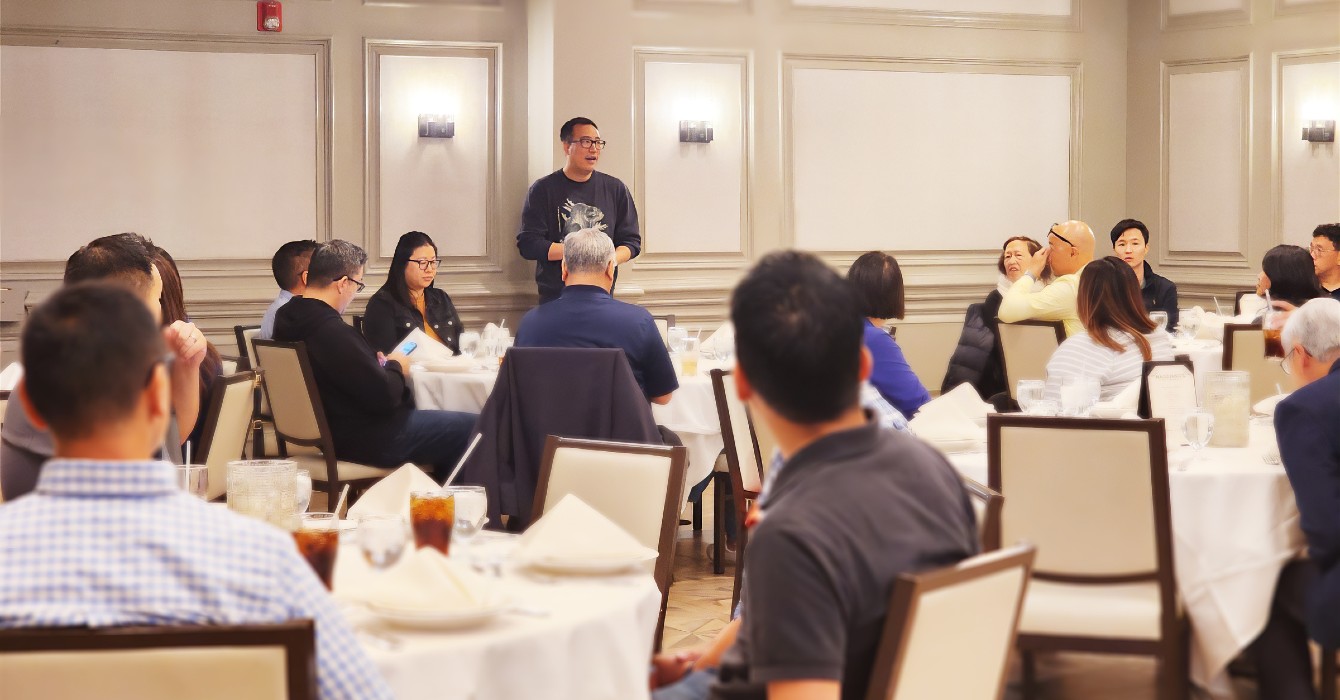
The content reflects more than simple wordsmithing to appease one group or another. For instance, many of the resources aren’t made by the Fuller Youth Institute or the TENx10 staff. They’re created by partner organizations whose work in resource development is amplified on the TENx10 platform.
In developing TENx10, organizers examined findings from social science, scriptural analysis of discipleship and a survey of 25 youth-serving organizations. That led to the 7 Discipleship Emphases, which have been vetted with 300 ministry leaders, Powell said.
The practice of integrating partners’ resources into TENx10’s platform stems from lessons learned in early stages. In a large Zoom meeting, organizers rolled out beta resources for feedback from a diverse audience, which gave the developers “a lot of pushback,” Dean said.
The Fuller team was able to learn from this experience, she said.
“People wanted a little bit more buy-in and even a wider and more diverse representation than was already there. And the Fuller team heard that,” Dean said. “They went to the core of those constituencies and said: ‘How do we involve your networks and not just representatives?’ And that made a difference.”
They held summits in which they gathered pastors, social media influencers, academic researchers and others to explore the ideas and give more feedback.
Participants were reportedly frank. Some worried that a colonialist model might play out. Wright said she heard questioners ask at one summit whether ministry resources would be “mined” from non-white communities and then packaged such that only white institutions could benefit from them. They received assurance that non-white communities would benefit and be valued at every stage.
Now those commitments are being worked out. As resources are written, they’re reviewed by theological advisors and (whenever possible) youth ministry practitioners representing racial, ethnic and Christian diversity (i.e., mainline Protestant, evangelical, Catholic and Orthodox).
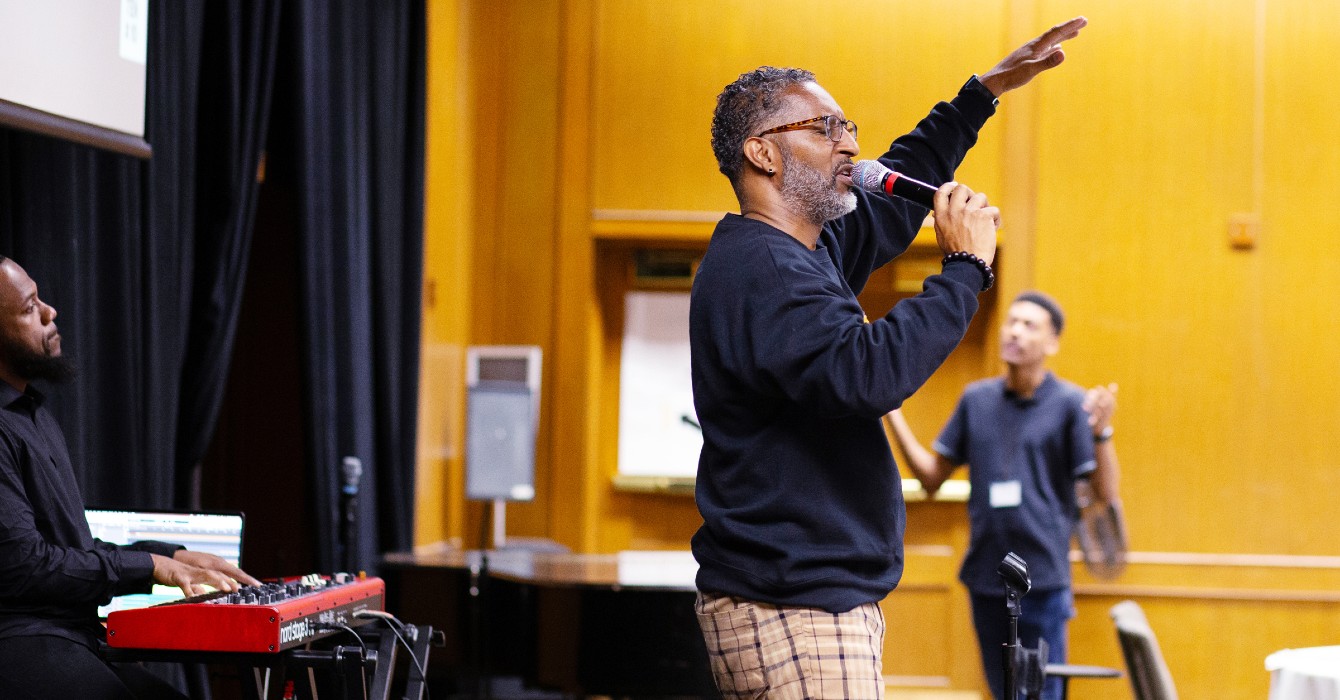
Even the target audience for resources has been reframed. Wright notes, for instance, that Black churches routinely can’t use what’s been created for white suburban churches. The material often presumes the presence of paid, specialized youth ministry staff and other conditions that aren’t the reality in many Black congregations. Villegas said the same types of constraints face many rural and Hispanic congregations.
“The standard, suburban youth ministry curriculum never fit for any of the churches I ever worked with,” Wright said. “But often there were these things happening in Black churches that had this amazing reach and impact that needed to be elevated.”
Hearing that point, TENx10 has responded by preparing to disseminate resources that can be used by volunteers, grandparents, solo pastors and anyone else who might be trying to help teens know Christ.
For instance, in a twist on the traditional 5:1 ideal youth-to-adult ratio in church youth groups, TENx10’s relational discipleship calls for a 5:1 adult-to-youth ratio, such that every teen has five Christian adults keeping tabs and checking in.
And resources created by partner organizations are being elevated for greater recognition and access via the TENx10 platform. For example: TENx10 is presenting Instagram videos through a sponsorship agreement with the Jude 3 Project, a Black apologetics movement whose edgy reels cover topics such as “Why Black Christianity Is Different” and “Questioning God.”
In what ways can you adapt the resources and concepts provided by TENx10 to better address the unique needs and demographics of your church community?
Measuring success
Will TENx10 achieve its bold ambitions? Organizers are working on various assessments to answer that question.
TENx10’s benchmark goals include: “Curate, create, and disseminate core resources and training that embody TENx10’s 7 Discipleship Emphases” and “Connect and mobilize partner organizations to collectively impact 100,000 diverse faith communities nationally.”
“We are working with an outside research group to design our assessment process,” Powell said in an email. “We are also creating a small council of youth ministry academicians who will have access to TENx10 data of all sorts.”
Youth leaders who use TENx10 resources will be asked about the impacts they’ve observed. Evaluators will do both qualitative and quantitative assessments, including interviews with a sampling of youth ministers.
Though TENx10 frames its work in terms of equipping leaders, the ultimate impact will of course depend on how teens respond. How that will be assessed leaves room for cultural context.
It's left to ministry practitioners to interpret what a well-formed teen or young adult disciple looks like in their respective traditions. How a young person interprets gender identity and lives out a moral code could vary widely among settings using TENx10 resources, which avoid making judgements on hot-button issues. What’s considered sinful in one denominational tradition might be affirmed in another. Such differences are expected because TENx10 isn’t trying to shape behavior or character in areas where resource contributors disagree about norms, values or theological emphases.
“We’ve been surprised at how much we can agree upon when it comes to youth discipleship,” Powell said. “In those areas where there are differences that are related to youth discipleship, we’ve said that if we can’t agree, then we won’t address it overtly.”
Dean cautions not to expect a great payoff for church institutions. She doesn’t expect pews to be filled or traditional church programs to experience a resurgence from TENx10. But that doesn’t mean it won’t improve lives.
“I do have a hope that there will be conversations that happen, connections that will get made, and that people will last just a little bit longer in ministry with young people than they might have without this,” Dean said. “I’m pretty convinced it’s a better option than going it alone.”
For Villegas, the youth director for North Carolina’s United Methodists, enough is at stake to warrant courageous new partnering for the sake of kids. He said “immense suspicion” hangs over TENx10 in some segments of evangelicalism and mainline Protestant denominations that don’t routinely work closely with Fuller. But he believes that youth stand to benefit if people use it.
“My biggest hope is that people will be brave enough to give it a chance,” Villegas said, “even though it wasn’t their idea.”
Of the 7 Discipleship Emphases advocated by TENx10, which do you currently implement most frequently when engaging with youth? Which would require intentional efforts to strengthen?
Questions to consider
- Within your ministry, what steps can you take to prioritize family and foster intergenerational relationships rather than emphasizing programs?
- How can you integrate the principles of “relational discipleship radically focused on Jesus” into the context of your specific faith tradition and approach to youth ministry?
- Have you encountered challenges when collaborating with faith leaders who hold different theological beliefs? What strategies or approaches can you employ to overcome these challenges?
- In what ways can you adapt the resources and concepts provided by TENx10 to better address the unique needs and demographics of your church community?
- Of the 7 Discipleship Emphases advocated by TENx10, which do you currently implement most frequently when engaging with youth? Which would require intentional efforts to strengthen?








